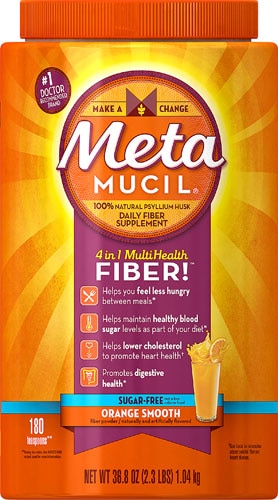Exercise is important for everyone, but it can be especially helpful if you have Type 2
diabetes. Why? For starters, exercise is known to lower blood sugar levels. According to the
American Diabetes Association, this happens in two ways. First, during physical activity, your muscles use glucose for energy, reducing levels in your bloodstream. Second, exercise increases insulin sensitivity, allowing muscle cells to use available insulin to take up glucose – both during and after workouts.

Besides lowering blood sugar levels,
exercise offers numerous other health benefits for people with diabetes. Exercise is well-known to:
- Lower blood pressure
- Improve blood flow
- Strengthen the heart
- Raise good cholesterol (HDL) and reduce bad cholesterol (LDL)
- Burn calories and extra body fat
- Strengthen and tones muscle
- Improves bone density
- Increase energy and elevate mood
- Reduce stress
Diabetes and Exercise: 8 Things to Keep in Mind
1. Check with your healthcare provider
Before you hop on the treadmill or ride into the bike lane, be sure to get the green light from your doctor. Explain your overall goals and the type of exercises you’re interested in (yoga, swimming, running, biking, etc.). Giving you doctor as much information as possible will help him or her determine whether or not you’ll need changes to your medications or diet, and what time of day might be best for you to exercise.
2. Start out slow
If you
haven’t exercised in a while, you’ll need to ease into your new workout routine. Starting out with just 10 minutes is fine! Gradually work your way up to a minimum of 30 minutes a day. If at any time you feel weak, shaky or confused, or your heart races, you get a headache or start sweating excessively, you should stop exercising immediately.
3. Monitor blood sugar levels
Ask your doctor if it’s necessary to check your blood sugar levels before working out. If you’ll be exercising for more than an hour, it’s important to check your blood sugar levels regularly. If your levels are too low, a
snack is needed. Also check your blood sugar after each workout so adjustments can be made for your next workout.
4. Be prepared with snacks and drinks
As exercise can lower blood sugar levels, be prepared with a carbohydrate snack. A small snack such as fruit (grapes, banana, and berries),
pretzels, a
granola bar or
fruit drink are a good idea to keep on hand in case blood sugar levels get too low.
Hydrating is also super important.
Stay hydrated by drinking water before, during and after workouts – even if you don’t feel thirsty.
5. Include strength training
Aim for a minimum of twice weekly for strength training. Lifting weights or performing body weight exercises like squats, pushups and lunges can help to improve blood sugar control. Find a
strength training routine for your whole body. If you’re only doing two days, train your upper body one day and your lower body the other day. New to strength training? It can be helpful to meet with a certified personal trainer for a few sessions to learn the correct way to perform exercises (and even have a fitness routine devised for you!).
6. Find someone to work out with
Exercising with a fitness buddy (especially a friend who knows you have diabetes and can help if your blood sugar level gets too low) is beneficial for both of you. Workouts will be more enjoyable, and you’ll encourage each other to live a healthier lifestyle. If you do exercise solo, consider wearing a medical identification tag noting that you have diabetes, in case of emergencies.
7. Take care of your feet
It’s important to wear athletic shoes that are specific to the activity you’re doing – and be sure your shoes aren’t worn out (you don’t want to wear old tennis shoes hiking, for example). Shoes should have good support, plenty of room for your toes and fit well. It can be helpful to visit an athletic shoe store to get help finding the right fit of sneaks and proper socks. Check your feet daily for cuts, blisters, sores or redness. If you discover any new foot problems, let your doctor know.
8. Know when to stop
When something suddenly hurts, it’s time to stop! Mildly sore muscles are normal for everyone, but if you have sudden pain, end your workout. If you find you can barely move the day after a workout, you probably pushed yourself too hard too soon. Take it down a notch during your next workout and
gradually work your way to longer or more intense exercise.
Featured product:

 Besides lowering blood sugar levels, exercise offers numerous other health benefits for people with diabetes. Exercise is well-known to:
Besides lowering blood sugar levels, exercise offers numerous other health benefits for people with diabetes. Exercise is well-known to:




